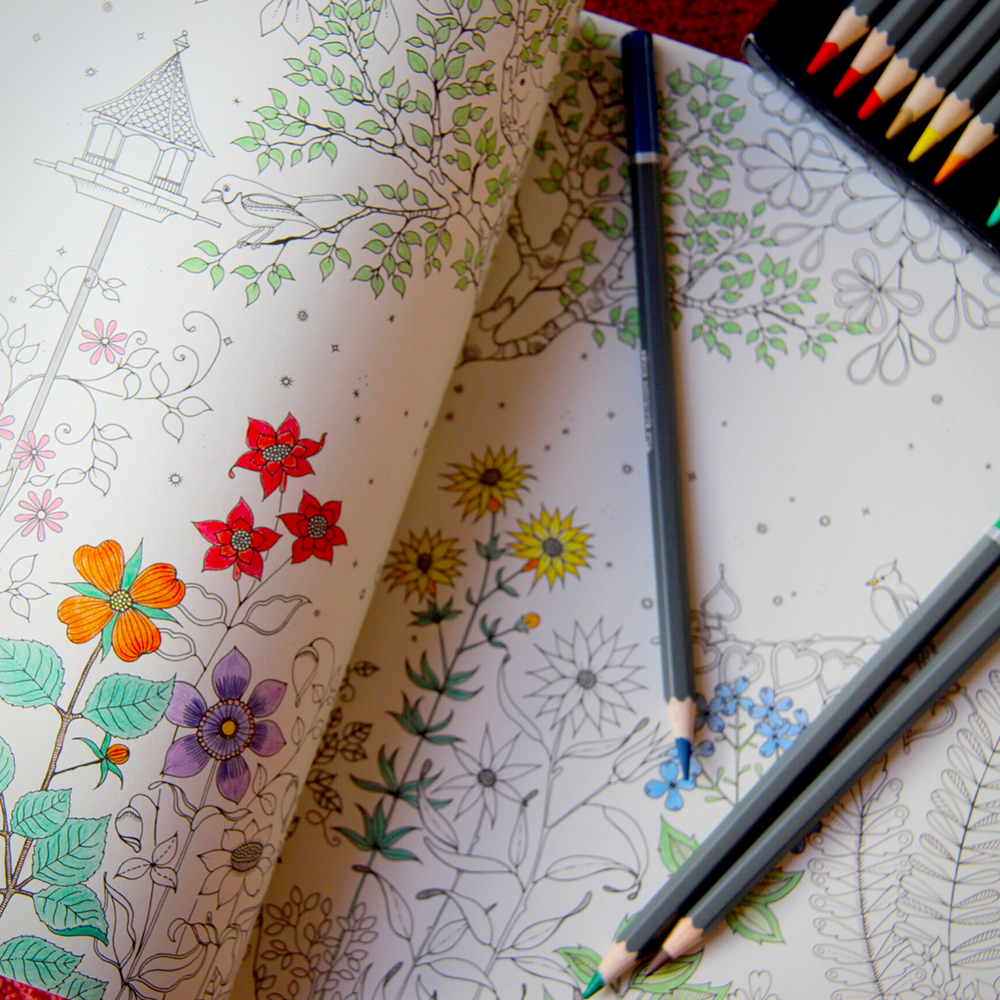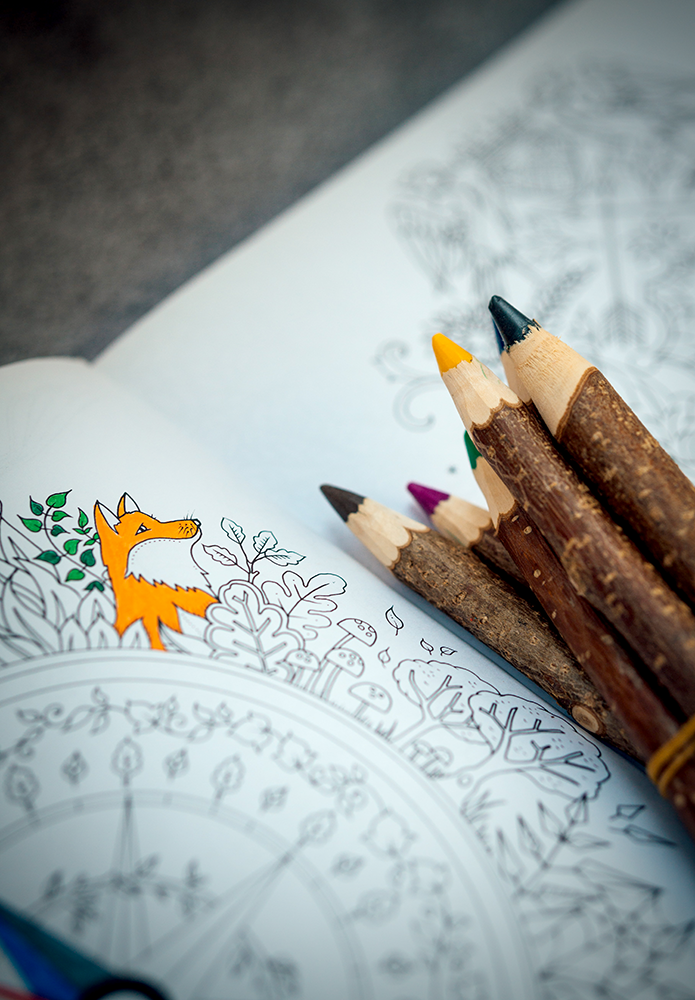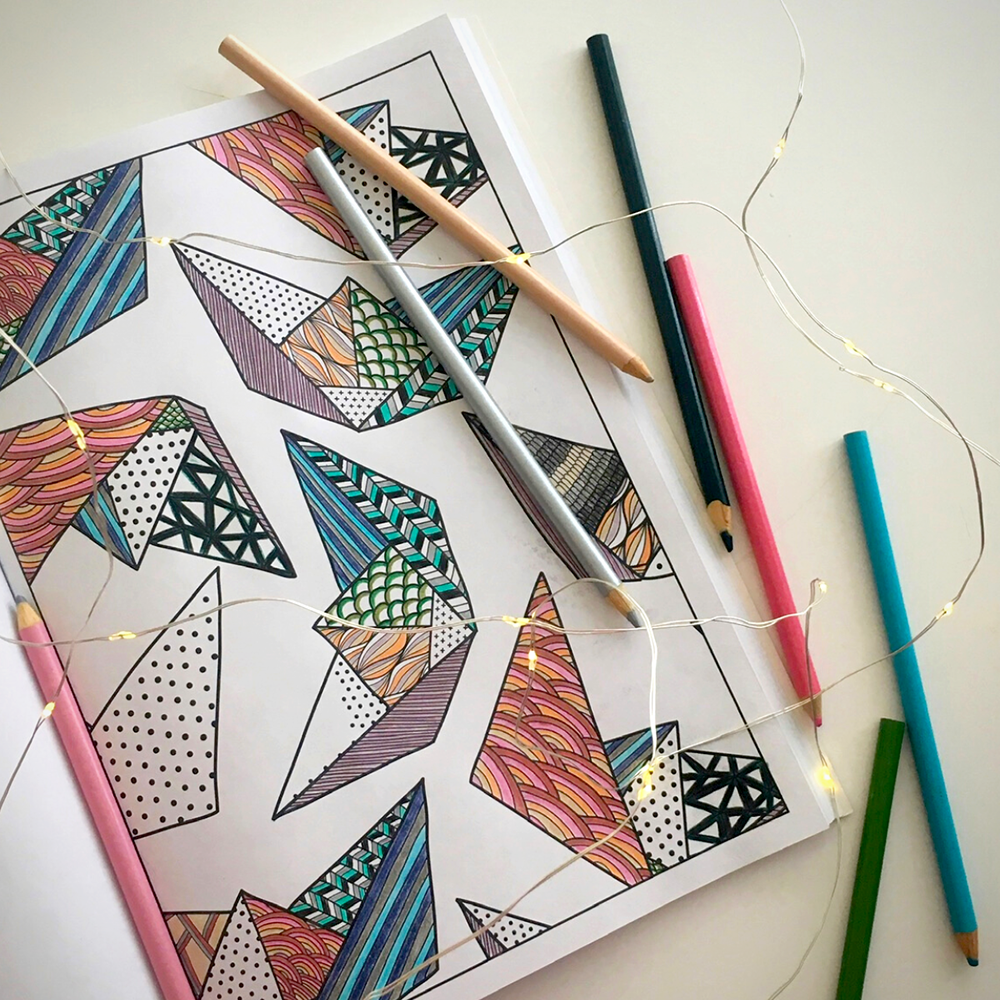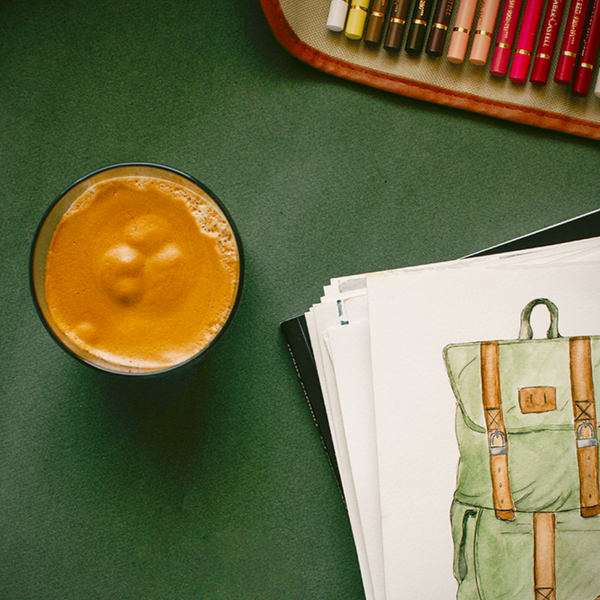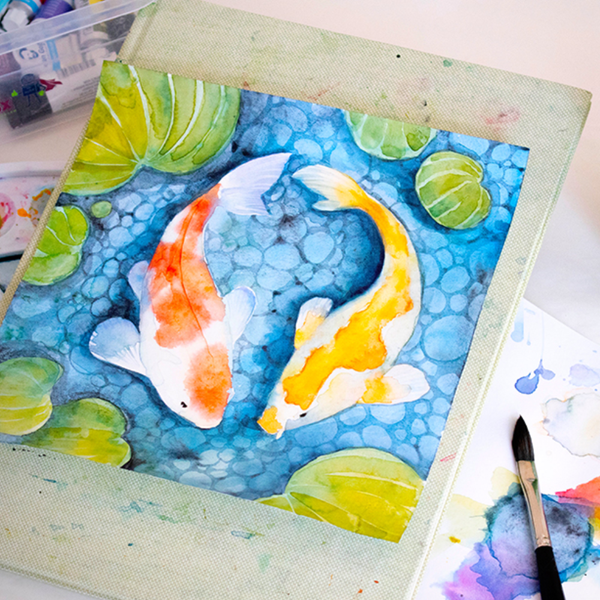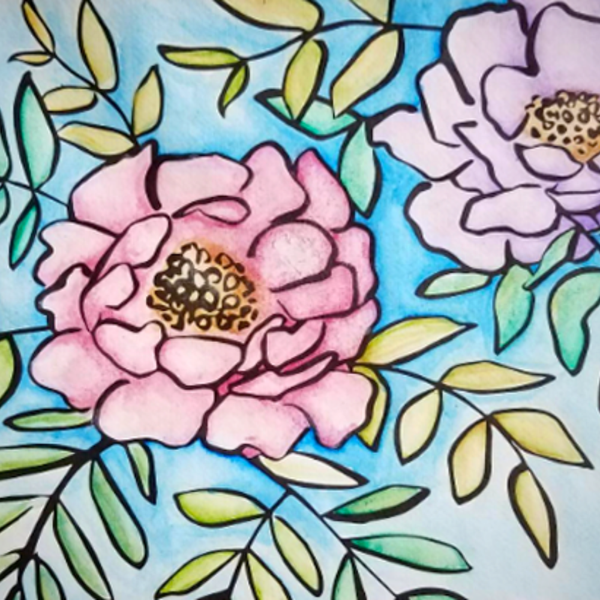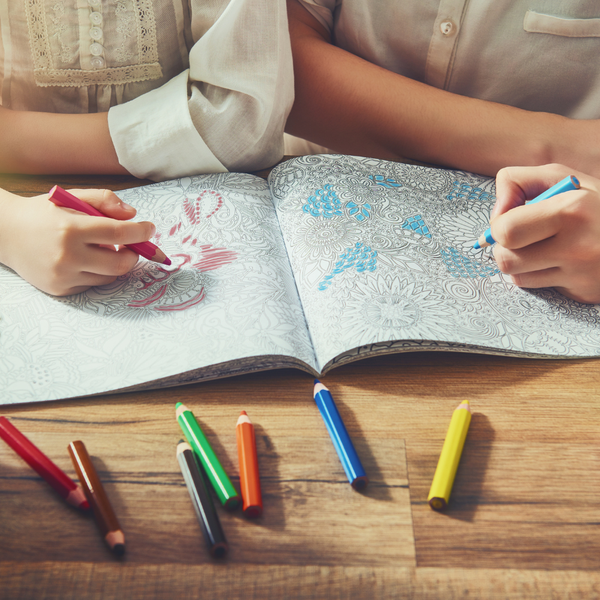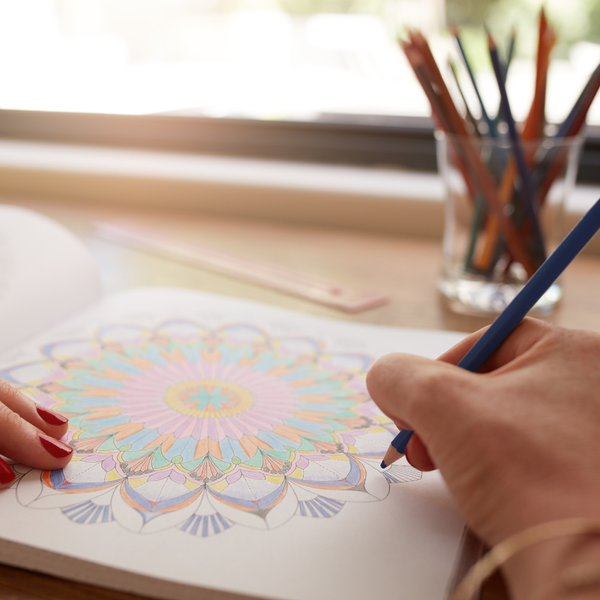Have you ever marveled at the intricate designs of a coloring book and thought, "Could create one of these myself?"
Well, now's your chance to turn that thought into reality!
Coloring books have become a popular pastime for adults and children alike, offering a creative outlet and a way to relieve stress.
They're not just for kids or professional artists; they're a canvas for anyone with a vision and a dash of creativity.
Whether you're aiming to showcase your artistic flair or design a unique keepsake for your little ones, this step-by-step guide is your ticket to creating a coloring book that's uniquely yours.
We'll walk you through every stage of the process, from the initial sketches to the joy of seeing your finished product.
Get ready to add a splash of color to the world—one page at a time!
Key Takeaways:
- Learn the steps to create your own adult coloring book or a custom coloring book for kids.
- Understand the importance of choosing the right paper, creating captivating line art, and the layout process.
- Discover how to self-publish your coloring book on platforms like Amazon KDP.

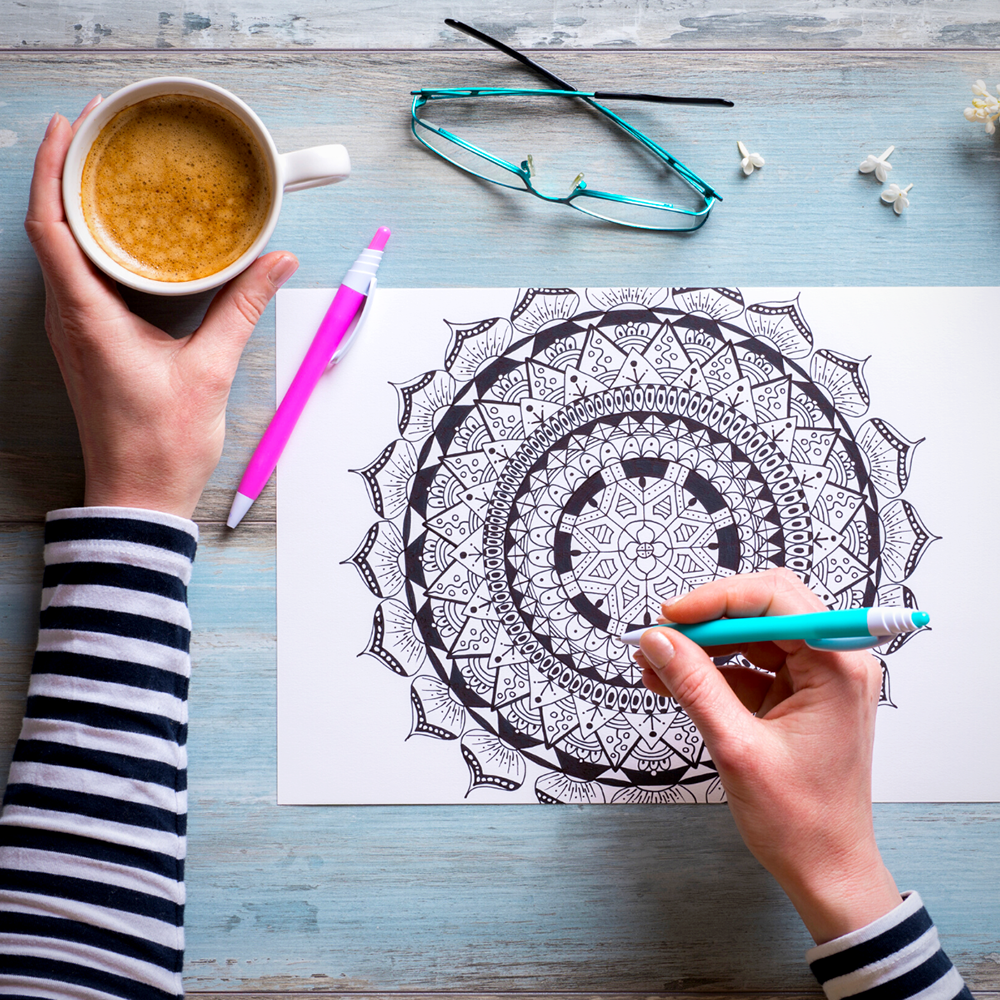
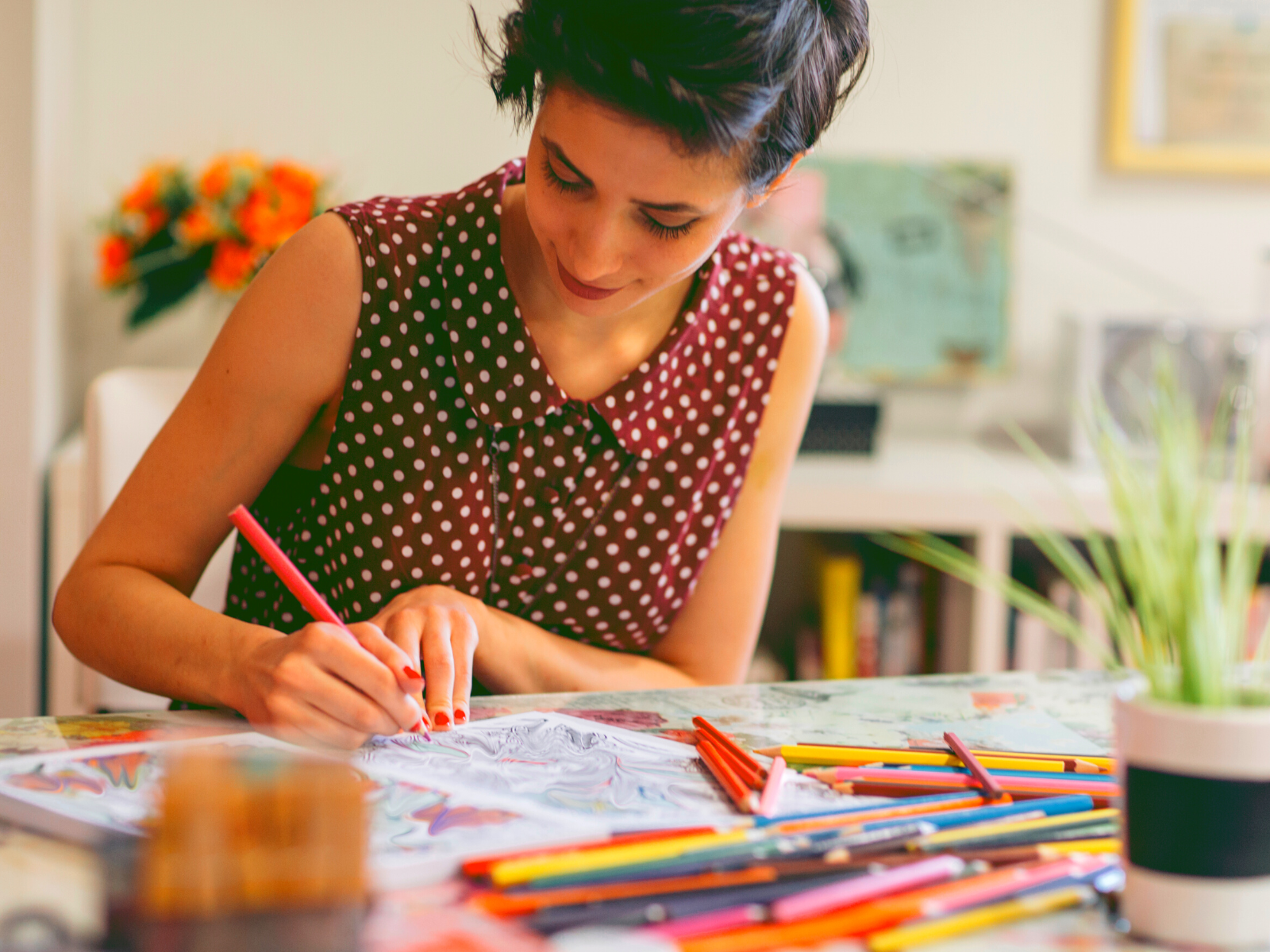
Conceptualizing Your Coloring Book
Before you start designing your coloring book, it's essential to decide on a theme.
This could be anything from animals and nature scenes to abstract patterns or portraits.
The theme will guide your creative process and help you focus your ideas.
Consider what might appeal to your target audience, whether it's kids who enjoy fun characters or adults looking for intricate designs to help them relieve stress.
Once you've settled on a theme, it's time to start creating a list of images or illustrations you want to include.
This list will serve as the blueprint for your coloring book and help you organize your thoughts.
Keep in mind the number of pages you want your book to have; more pages mean more artwork, but also a potentially higher printing cost.
Crafting the Artwork
The fun part of making a coloring book is creating the images.
If you're an artist, you may choose to draw your illustrations by hand, starting with a pencil sketch and then outlining with a fine pen to create crisp line art.
Alternatively, if you're not comfortable with drawing, you can use computer software to design or manipulate photos into coloring pages.
When designing your pages, remember to leave some areas blank to be filled with color.
The level of detail in your artwork should match the intended audience's fine motor skills; simpler designs for kids and more complex patterns for adults.
Your creativity and imagination are the only limits to what you can create.
Selecting the Right Paper
The choice of paper is crucial when you make a coloring book.
For those who will use pencils, a standard weight paper might suffice, but for enthusiasts who prefer markers or watercolor paper, a heavier stock is necessary to prevent bleeding.
If you're unsure, test different types of paper with the coloring mediums you expect your audience to use.
In addition to the interior pages, you'll also need to decide on a book cover.
This should be printed in full color to attract attention and give a preview of the content inside.
The cover can be a more detailed or composite image of the artwork within or a simple, bold design that conveys the book's theme.
Optimizing Pages for Different Audiences
When creating a coloring book, it's essential to consider the audience you are targeting.
Whether you're aiming for children, adults, or a niche market, the design of each coloring page should cater to their preferences and skill levels.
For children, pages with larger areas to color and simpler themes may be more appropriate, as they provide a canvas that's easier to fill with color without requiring fine motor skills.
On the other hand, adults might appreciate more intricate designs that challenge their precision and allow for a more meditative coloring experience.
Always keep in mind the themes that resonate with your audience, whether it's fantasy, nature, or abstract patterns, and incorporate these elements into your pages.
In addition to the complexity of the designs, consider the orientation of your coloring pages.
Portrait-oriented pages are standard for most coloring books, but landscape orientations can offer a new page experience that might appeal to those looking for something different.
When designing your coloring book, think about leaving some pages intentionally left blank.
These blank pages can serve as a palette for color tests or simply as a space for the artist to doodle and express their creativity.
This small tip can add an extra layer of interaction and personalization, giving your coloring book a unique edge in a crowded market.


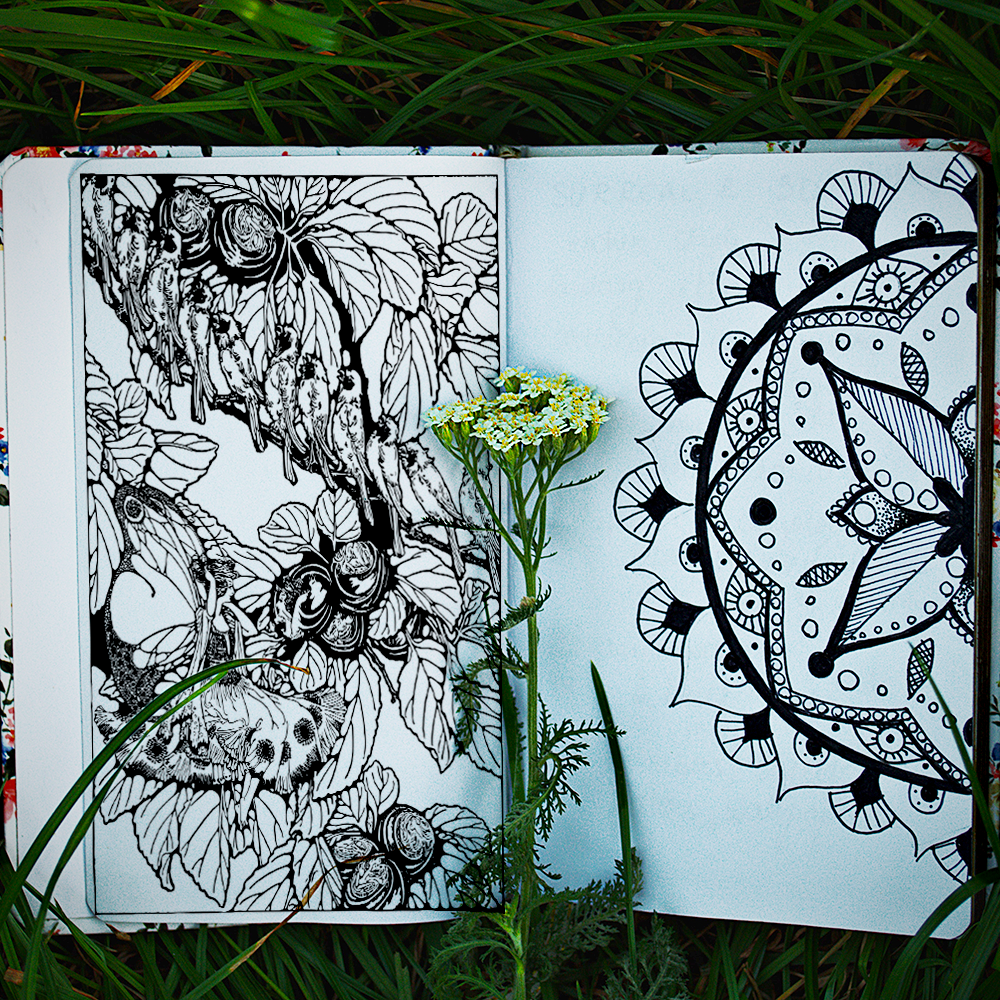
Incorporating Storytelling Elements
Storytelling can be a powerful tool in making your coloring book stand out.
By weaving a narrative through the coloring pages, you give colorists not just a collection of images to fill in but an engaging story to follow.
This can be done by creating a sequence of images that tell a tale, or by adding short captions or quotes that hint at a larger story.
The key is to spark the imagination and hope of your audience, encouraging them to become part of the story as they bring each page to life with color.
This approach can transform a simple activity into an immersive experience, making your coloring book more memorable and enjoyable.
Another way to integrate storytelling is by designing your coloring book around a central theme or character.
This can help establish a connection with the colorist, as they become invested in the outcome of the character's journey.
Each new page can reveal a different aspect of the story or character, building anticipation and engagement.
Remember to leave some elements of the story open to interpretation, allowing colorists to fill in the gaps with their own creativity.
This not only adds depth to the coloring experience but also encourages multiple readings, as colorists return to discover new details and perspectives within the story.
The Layout Process
After you've finished designing your illustrations, the next step is to focus on the layout.
This involves arranging your images on the page and deciding on the order they'll appear in the book.
You'll also need to consider whether to include any text, such as titles or instructions, and where this should be placed.
For the layout, you can use software like Adobe InDesign or free alternatives like Canva.
These programs allow you to create a professional-looking layout and convert your project into a PDF, which is the preferred format for most printers.
Ensure that your image files are high-resolution to avoid any loss of quality during printing.
Self-Publishing Your Coloring Book
Self-publishing has made it super easy for creators to bring their coloring books to life.
Platforms like Amazon KDP allow you to upload your PDF, set your price, and sell your book directly to consumers without the need for a traditional publisher.
They even offer print-on-demand services, meaning your book is printed as it's ordered, reducing the need for upfront investment in inventory.
When you upload your book to a self-publishing platform, you'll need to provide details like the book's dimensions, desired paper type, and whether it will be printed in black and white or full color (for the cover).
Take note of the guidelines provided by the platform to ensure your book meets their specifications.
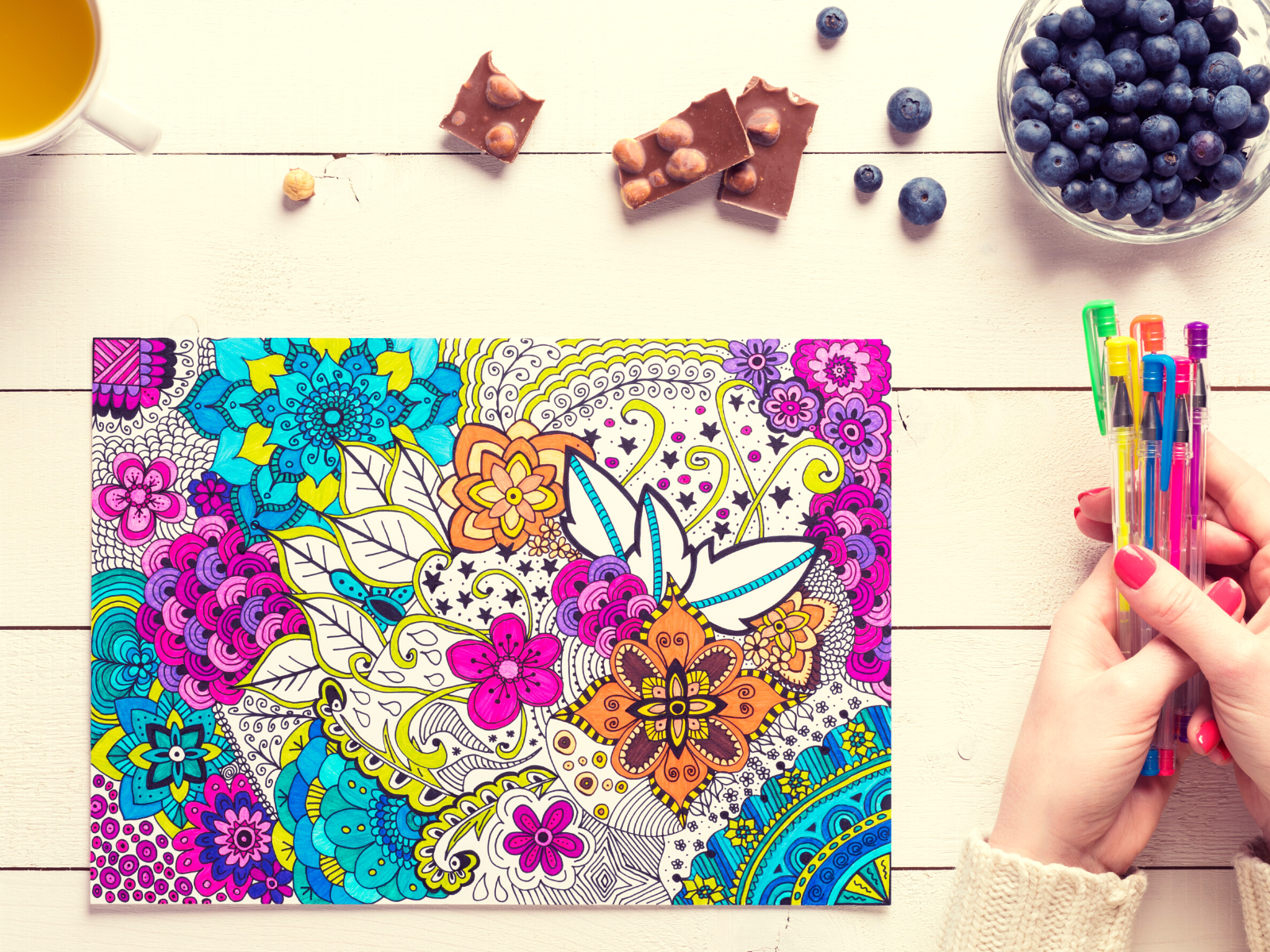
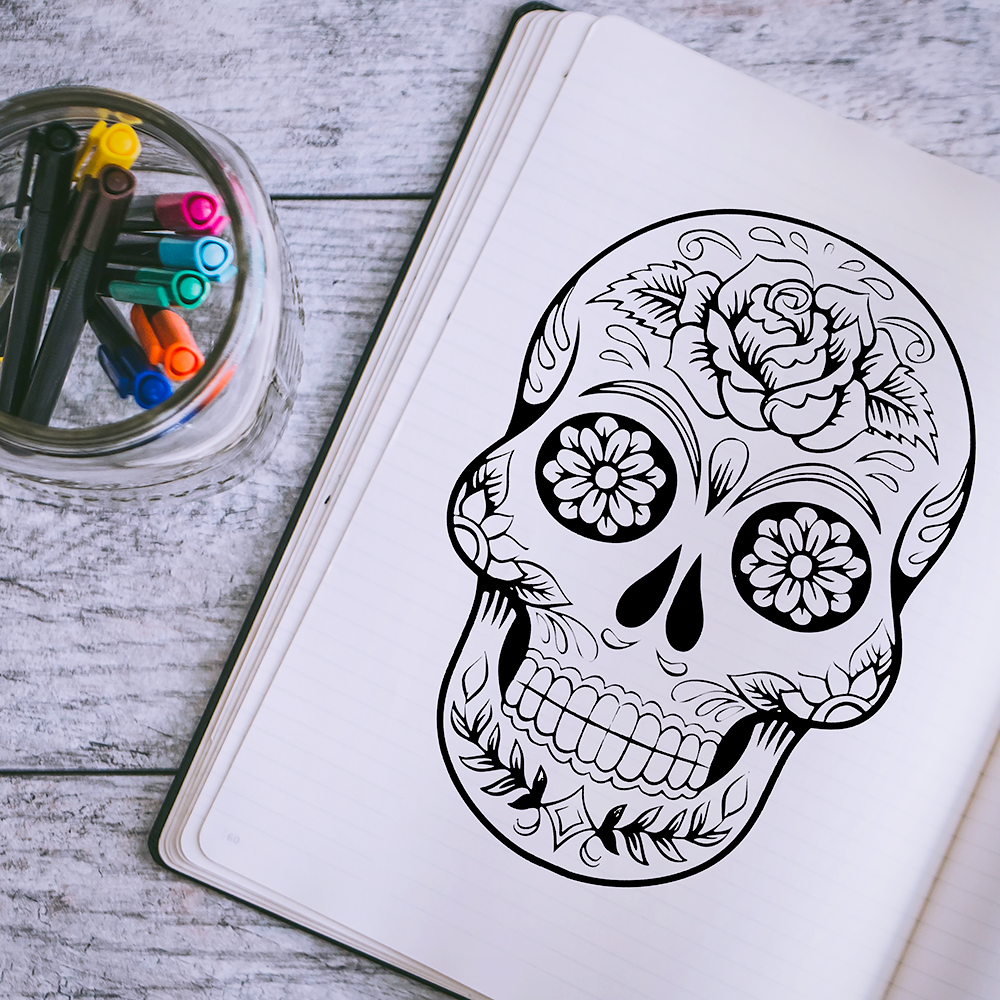
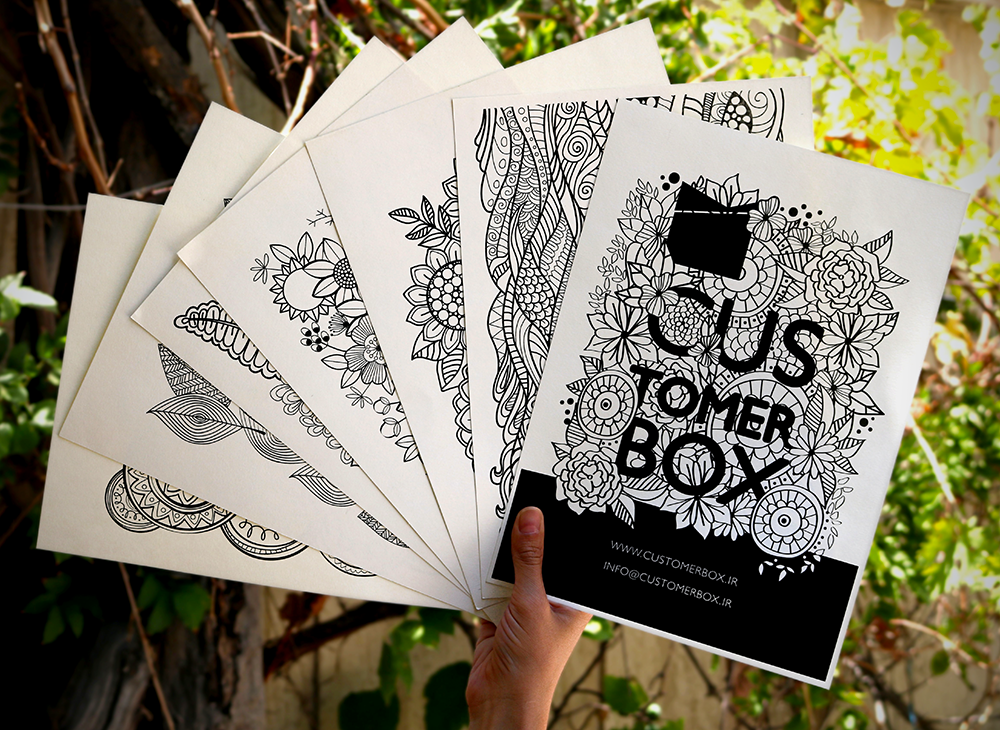
Marketing and Selling Your Book
Once your coloring book is published, the next step is to get it into the hands of eager colorists.
You can promote your book through social media, by reaching out to bloggers and influencers in the coloring community, or by setting up a website to showcase your work.
Consider offering a digital download version as well, which can be a cost-effective option for customers.
Don't forget to gather feedback from those who purchase your book.
Reviews can be a powerful tool to attract new customers and provide insights into what works well and what could be improved in future editions.
Get Creative: Your New Coloring Book Awaits!
Creating your own coloring book is a project that combines creativity with practical considerations like layout, paper choice, and publishing.
Remember that crafting your own coloring book is more than just a project—it's a journey of self-expression and imagination.
You've learned how to weave together artistic vision with book creation, ensuring every page reflects your unique style.
With your theme in hand, captivating illustrations at the ready, and the knowledge to select the best publishing path, you're all set to share your colorful masterpiece with the world.
By following the steps outlined in this guide, you can transform your artwork into a published coloring book ready for others to enjoy.
So, sharpen those pencils and dip your brushes; it's time to bring your personalized coloring book to life and watch as others find joy in the hues of your creativity!
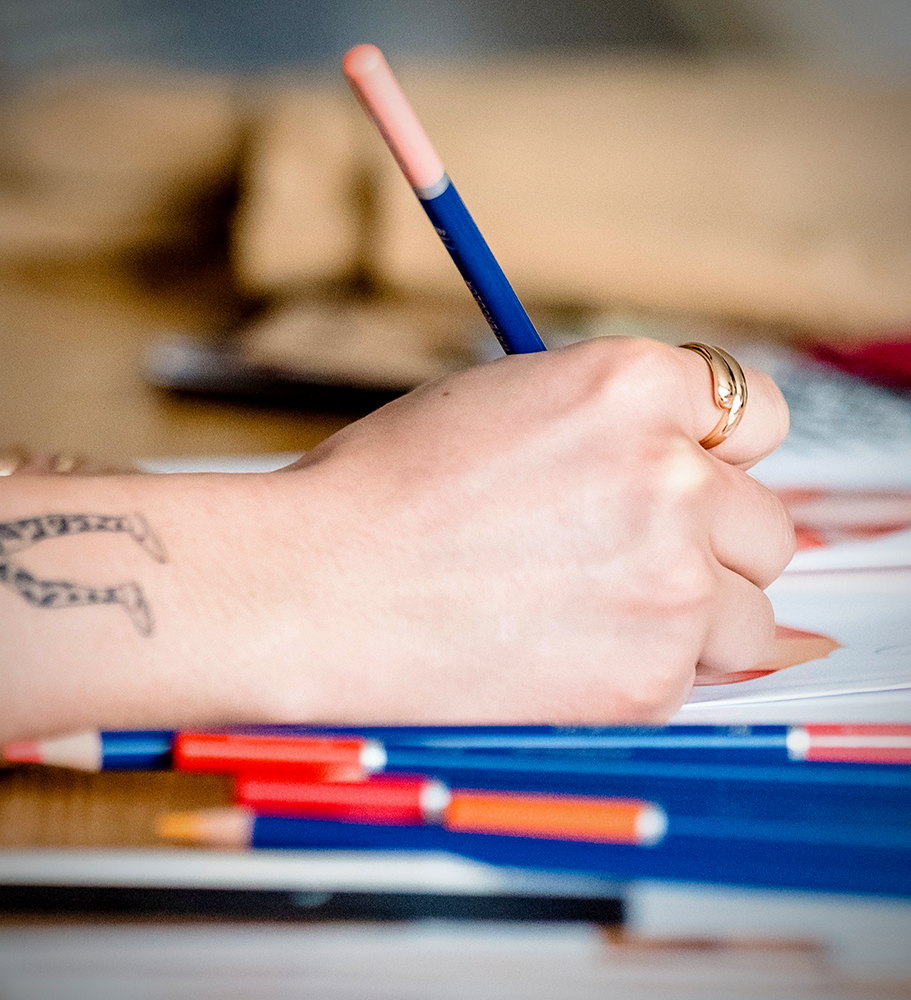

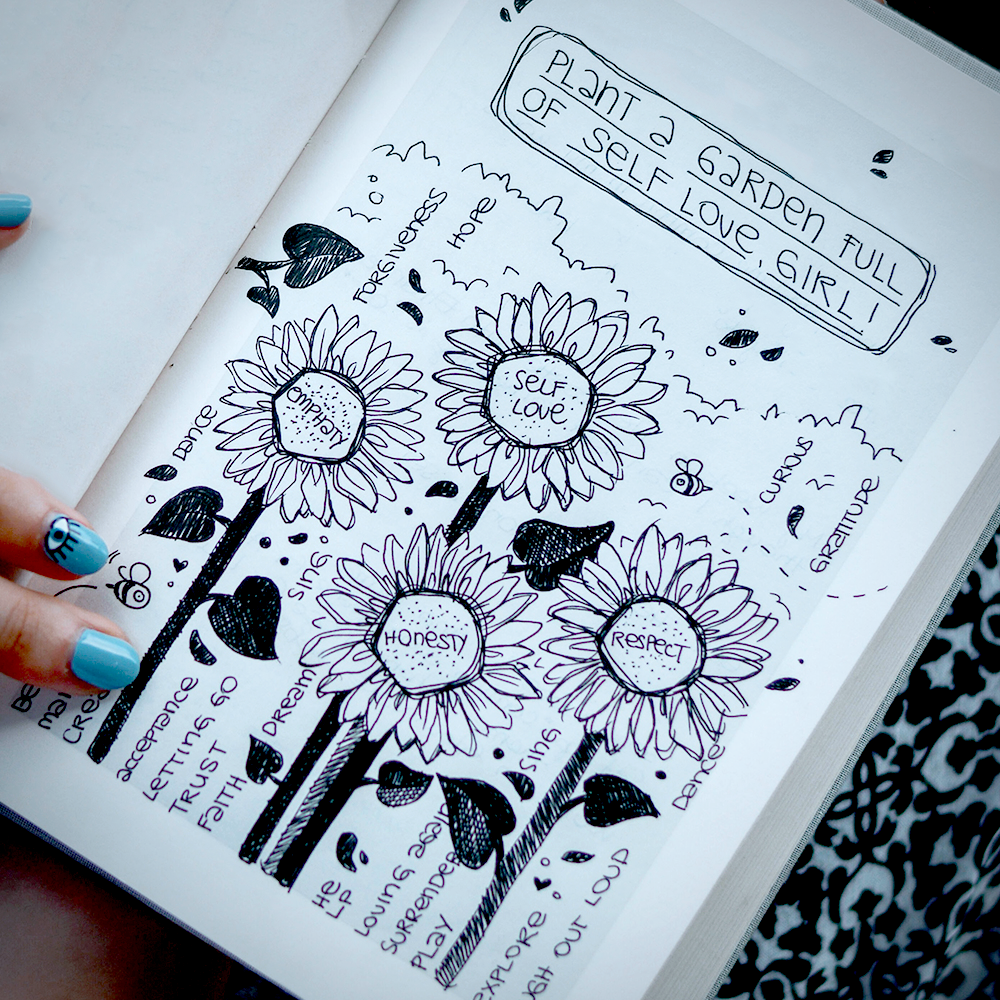
Coloring Book FAQs
Embarking on the journey of creating a coloring book can be as colorful and diverse as the palettes you're planning to present to eager colorists.
Whether you're a seasoned artist or a creative enthusiast with a vision, the process is filled with exciting decisions and important considerations.
To help guide you through this vibrant venture, we've compiled a list of frequently asked questions that address the common curiosities and concerns of coloring book creators.
From the ideal number of pages to the practicalities of production, we're here to shed light on the path to publishing your very own coloring book.
Let's dive into the world of lines, shades, and textures as we explore the answers to your most pressing questions, ensuring your coloring book project is a masterpiece of form, function, and fun.
How many pages should my coloring book have?
The number of pages in your coloring book can vary, but most adult coloring books range from 20 to 50 pages. Consider your theme, the complexity of your designs, and the cost of printing when deciding on the number of pages.
Can I create a coloring book if I'm not an artist?
Yes, you can create coloring books even if you're not an artist by using computer software to design pages or by licensing artwork from other artists, provided you have permission to use their work.
How do I get my coloring book printed?
You can use a print-on-demand service like Amazon KDP to print your coloring book, or you can work with a local printer. Ensure your files are in the correct format and resolution for printing.

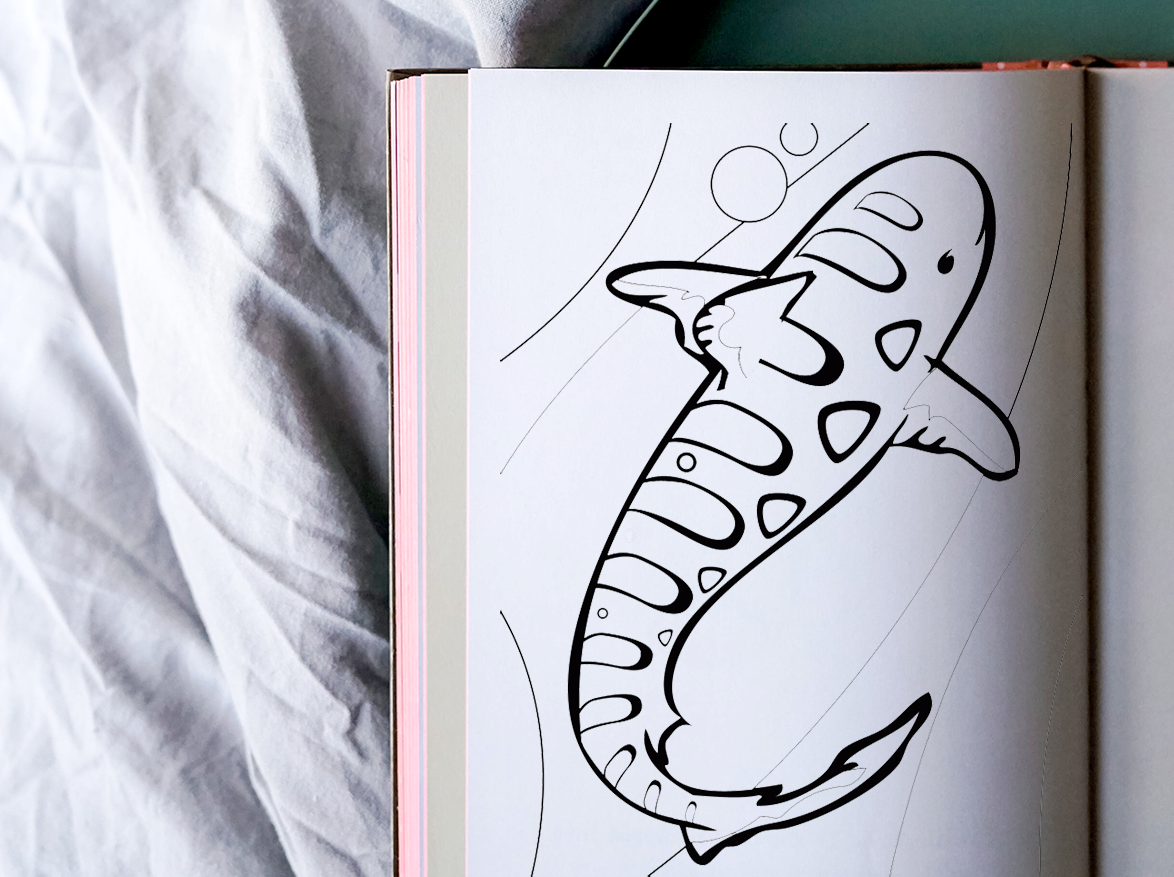
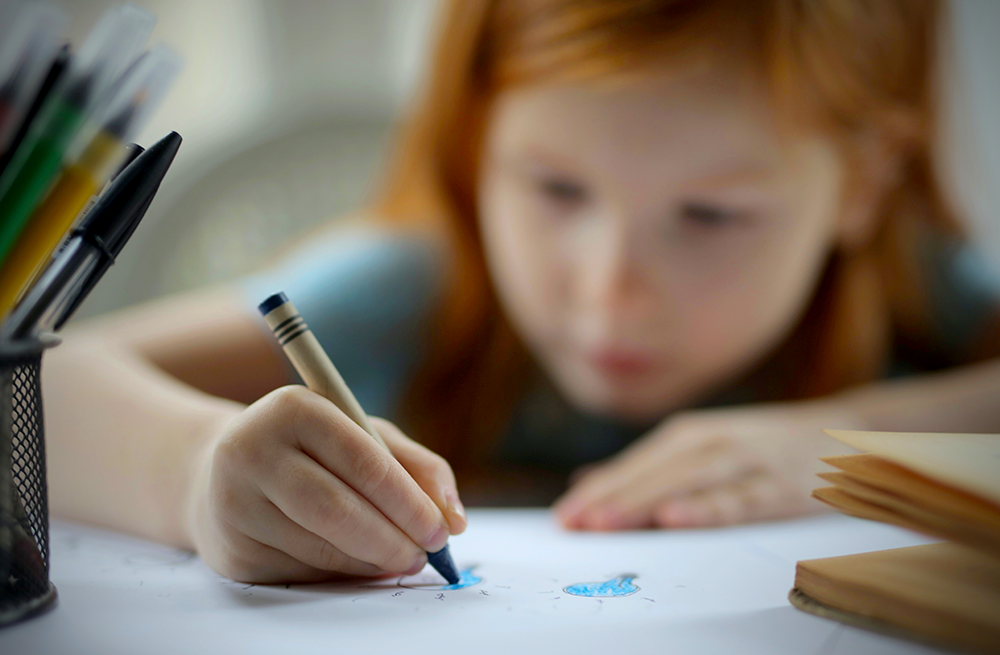
Looking to create your own coloring book from scratch? Check out Rachel Harrison-Sund's video!
Want even more content about creativity and art?
Be sure to check out all of our creative chronicles!
Love coloring books and want to find your next favorite?
Check out some of our other articles:
-Can I turn my pictures into a coloring book?
-How do you make a water coloring book?
-Is making a coloring book profitable?
